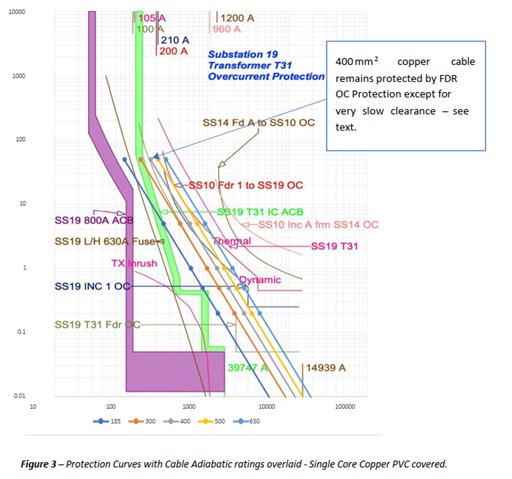Hello I am looking at some designs provided by external consultants on our site where we have a private 11kV network of substations. Now plenty of our subs are TN-C-S but also we have some mixture of TN-S subs.
Now my question is around sizing a CPC if we would like to convert to TN-S as we have EV chargers being rolled out across site and things would be a lot easier with TN-S in place for earthing arrangement of those chargers in multiple places. Anyway - let's say we have a Sub with a transformer on it sized as 1.25MVA feeding into a 2000Amp ish feeder pillar that feeds into a building via 630Amp fuse. When I size the CPC it comes out as 95mm2 to the feeder pillar and if I compare it to some other buildings those are massive and on some other building with similar parameters it was 300mm2. To be fair for a 2000Amp supply 95mm2 CPC seems a bit low so I have some concerns about the size of this CPC.
My question to you is if I should consider anything else that Amtech considers while calculating CPC between LV Tx side and main incomer on LV? So for instance if I try to achieve selectivity between LV main incomer into the building and HV ring feeder into the transformer? What software would you recommend to use while calculating a CPC on a private network? Many thanks for your help.


